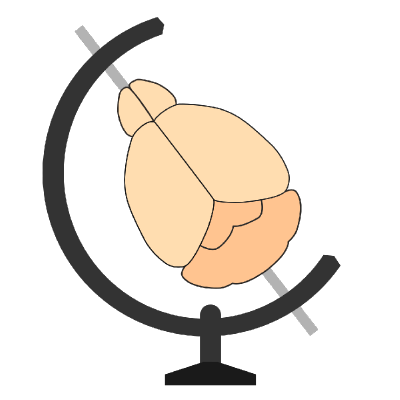Troubleshooting#
Improving algorithm performance#
brainmapper detects cells in a two-stage process, firstly cell candidates are detected.
These are cell-like objects of approximately the correct intensity and size.
These cell candidates are then classified into cells and artefacts by a deep learning step.
Cell candidate detection#
If the initial cell candidate detection is not performing well, then we suggest adjusting the cell detection parameters. For a better understanding of what these parameters do, it may be useful to consult the original PLOS Computational Biology paper.
Hint
In general, false positives (non-cells being detected) is generally ok, as these will be refined in the classification step.
Cell candidate classification#
The classification will use a pre-trained network by default that is included with the software. This network will usually need to be retrained. For more details, please see the guide to retraining the pre-trained network.
Fixing technical problems#
As brainmapper relies on a number of third party libraries, notably
there may be issues while running the software. If you are having any issues, please see the following sections:
Anything else#
If you are still having trouble, please get in touch.
